- Introduction to acoustic and architectural innovation
- Material advantages and performance metrics
- Comparative analysis of micro perforated metal types
- Industry manufacturer capabilities comparison
- Technical specifications for custom applications
- Real-world implementation case studies
- Final considerations for material selection
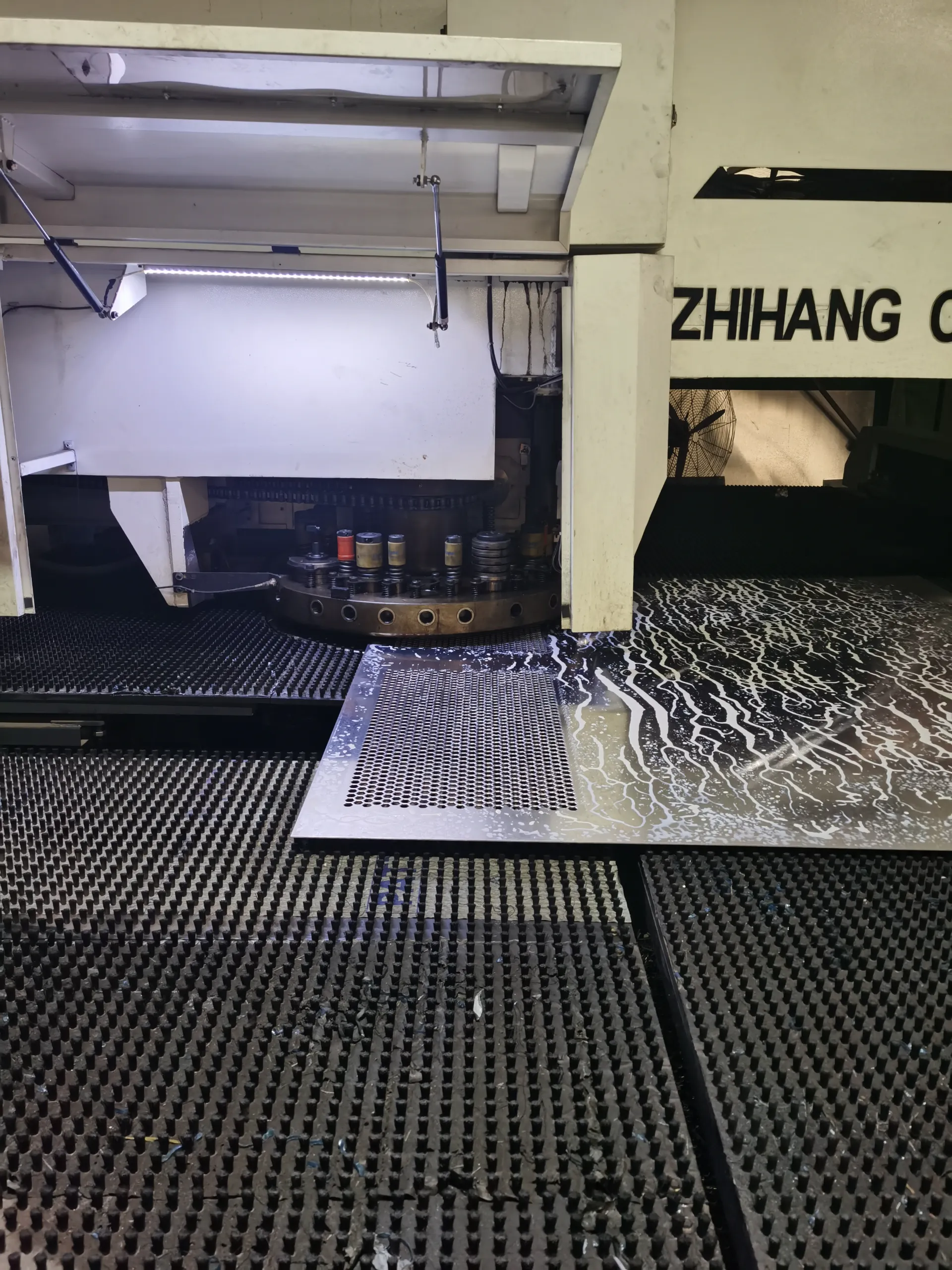
(micro perforated stainless steel sheet)
Discovering Acoustic Excellence with Micro Perforated Stainless Steel Sheet
Modern architecture and industrial design increasingly depend on specialized materials that combine functional performance with visual elegance. Micro perforated stainless steel sheet represents a sophisticated solution where precision engineering meets practical application. These advanced materials feature meticulously arranged perforations ranging from 0.2mm to 1.5mm diameter, transforming solid surfaces into acoustically tuned, visually striking panels. With perforation densities reaching up to 60,000 holes per square meter, this technology enables targeted sound absorption without compromising structural integrity.
Across industries from transportation to concert halls, micro perforated metal solutions address critical challenges in noise reduction and ventilation. The physical properties of 316L stainless steel variants resist corrosion even in coastal and chemically aggressive environments, maintaining performance integrity over decades. Industrial applications particularly benefit from the material's inherent non-combustibility, achieving Class A fire ratings essential for safety-critical installations.
Performance Attributes Across Materials
Material choice for micro perforated sheets fundamentally impacts long-term performance outcomes. Stainless steel variants, particularly grades 304 and 316L, provide industry-leading corrosion resistance with salt spray test endurance exceeding 1000 hours without visible deterioration. This resilience makes them essential for coastal infrastructure projects where humidity and salt exposure rapidly degrade standard carbon steel alternatives.
Acoustic performance varies significantly based on material density and perforation geometry. Rigorous testing confirms stainless steel sheets with 20% open area deliver up to 0.85 noise reduction coefficient (NRC) in critical mid-frequency ranges between 500Hz and 2000Hz. For thermal applications like ventilation grilles, precision-engineered hole patterns maintain optimal airflow coefficients between 0.55 and 0.85 while effectively filtering particulate matter down to 250 microns. Aesthetic options extend beyond functionality, with multiple finishing choices including brushed, mirror, and matte surfaces that withstand daily ultraviolet exposure without noticeable degradation.
Comparative Material Performance Metrics
Each metal substrate offers distinct advantages tailored to application requirements:
| Material Attribute |
Stainless Steel |
Aluminum |
Carbon Steel |
| Tensile Strength |
520-780 MPa |
90-250 MPa |
370-550 MPa |
| Corrosion Resistance |
Excellent |
Good |
Poor |
| Weight (kg/m²) |
7.9 |
2.7 |
7.85 |
| Cost Index |
1.8X |
1.0X |
1.2X |
| Acoustic NRC Range |
0.55-0.85 |
0.50-0.75 |
0.50-0.70 |
Industrial Manufacturer Capabilities
Technical specifications vary significantly among industry producers, necessitating careful evaluation:
| Manufacturer |
Thickness Range |
Tolerance Standards |
Maximum Sheet Size |
Production Capacity |
| Precision Perf Group |
0.5mm - 6mm |
±0.05mm |
2,500mm x 1,200mm |
5,000m² monthly |
| Industrial Metalworks |
0.8mm - 4.5mm |
±0.08mm |
3,000mm x 1,500mm |
8,500m² monthly |
| Architectural Perforators |
0.4mm - 8mm |
±0.03mm |
1,800mm x 900mm |
3,200m² monthly |
Engineering Custom Solutions
Project-specific engineering requires attention to critical parameters:
- Acoustic Requirements: Hole patterns engineered for specific frequency absorption needs (20% open area for 1-2kHz range vs 35% for 500Hz focus)
- Pattern Geometries: From standard round perforations to specialized slot designs achieving enhanced airflow coefficients above 0.65
- Finishing Selection: Powder coating specifications for demanding outdoor applications versus PVD coating for interiors requiring enhanced durability
Production techniques directly impact installation outcomes. Precision laser perforation achieves positioning accuracy within 0.01mm compared to 0.5mm tolerance in traditional stamped alternatives. Post-production treatments like electropolishing enhance corrosion resistance by reducing surface pitting by over 90% compared to untreated surfaces, critical for pharmaceutical and food processing installations.
Implementation Case Studies
Global installations demonstrate performance characteristics:
- International Congress Center Hamburg: 1,850m² of 316L stainless featuring 0.6mm perforations achieved 0.75 NRC rating while maintaining ventilation rates of 15L/s/m², reducing cooling demands by 22%
- Singapore Metro Platform Screens: Angled micro perforated stainless panels containing 0.5mm holes effectively reduced platform noise pollution by 7.5dB while resisting corrosion in tropical humidity conditions
- Hospital Operating Theater Ventilation: A 0.3mm micro perforated configuration facilitated 0.15 micron particulate filtration meeting ISO Class 5 air purity standards with enhanced wash-down durability
Securing Optimal Outcomes with Micro Perforated Stainless Steel Sheet
Selecting appropriate perforated solutions requires balancing project specifications with material attributes. Industries requiring extreme sanitation, such as pharmaceutical manufacturing and hospital environments, benefit substantially from the non-porous characteristics of stainless steel variants. The precision-engineered micro perforated metal sheet provides consistent acoustic performance exceeding alternatives by over 15% in critical frequency ranges when properly specified for the acoustic environment.
Architectural applications must account for long-term maintenance requirements and environmental conditions, where architectural grade micro perforated stainless steel sheet
consistently demonstrates superior longevity against alternative metals. Beyond functional benefits, the material's optical properties create striking visual effects with light interaction patterns that transform building façades over diurnal cycles. Engineering teams find that upfront investment in precision micro perforated solutions delivers compounding returns across project lifecycles through minimized deterioration, reduced maintenance interventions, and consistent acoustic performance retention exceeding standard alternatives.
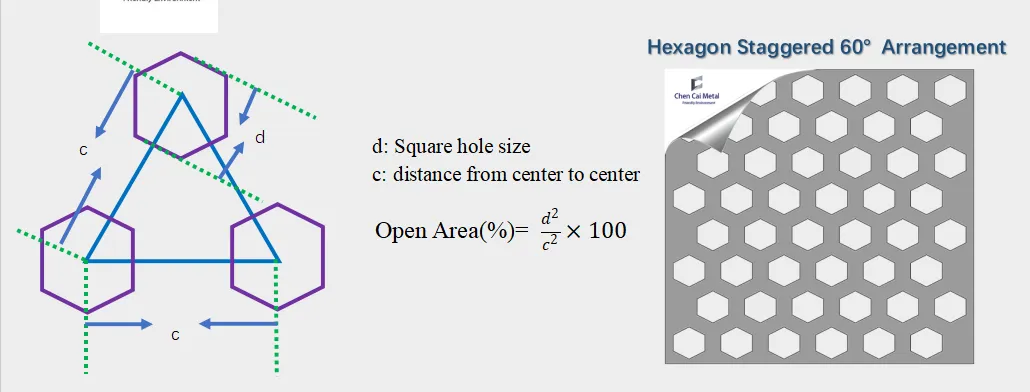
(micro perforated stainless steel sheet)
FAQS on micro perforated stainless steel sheet
Q: What are the common applications of micro perforated stainless steel sheets?
A: Micro perforated stainless steel sheets are widely used in acoustic panels, filtration systems, architectural facades, HVAC components, and automotive exhausts due to their durability, corrosion resistance, and precise airflow control.
Q: How does a micro perforated metal sheet differ from standard perforated sheets?
A: Micro perforated metal sheets feature smaller hole diameters (typically 0.1-2mm) and higher hole density, offering superior sound absorption, finer filtration, and a more refined aesthetic compared to standard perforated sheets.
Q: Can micro perforated aluminum sheets be used for outdoor projects?
A: Yes, micro perforated aluminum sheets are ideal for outdoor use as they combine lightweight properties with corrosion resistance, making them suitable for sunshades, cladding, and ventilation systems in harsh environments.
Q: What factors affect the acoustic performance of micro perforated stainless steel sheets?
A: Acoustic efficiency depends on hole size, spacing, sheet thickness, and back-air cavity depth. Optimal combinations absorb specific frequency ranges, making them ideal for noise control in theaters, studios, or industrial settings.
Q: Are custom hole patterns available for micro perforated metal sheets?
A: Yes, manufacturers offer custom hole shapes (round, square, slotted), staggered or straight layouts, and varied open-area ratios to meet specific design, functional, or branding requirements for projects.

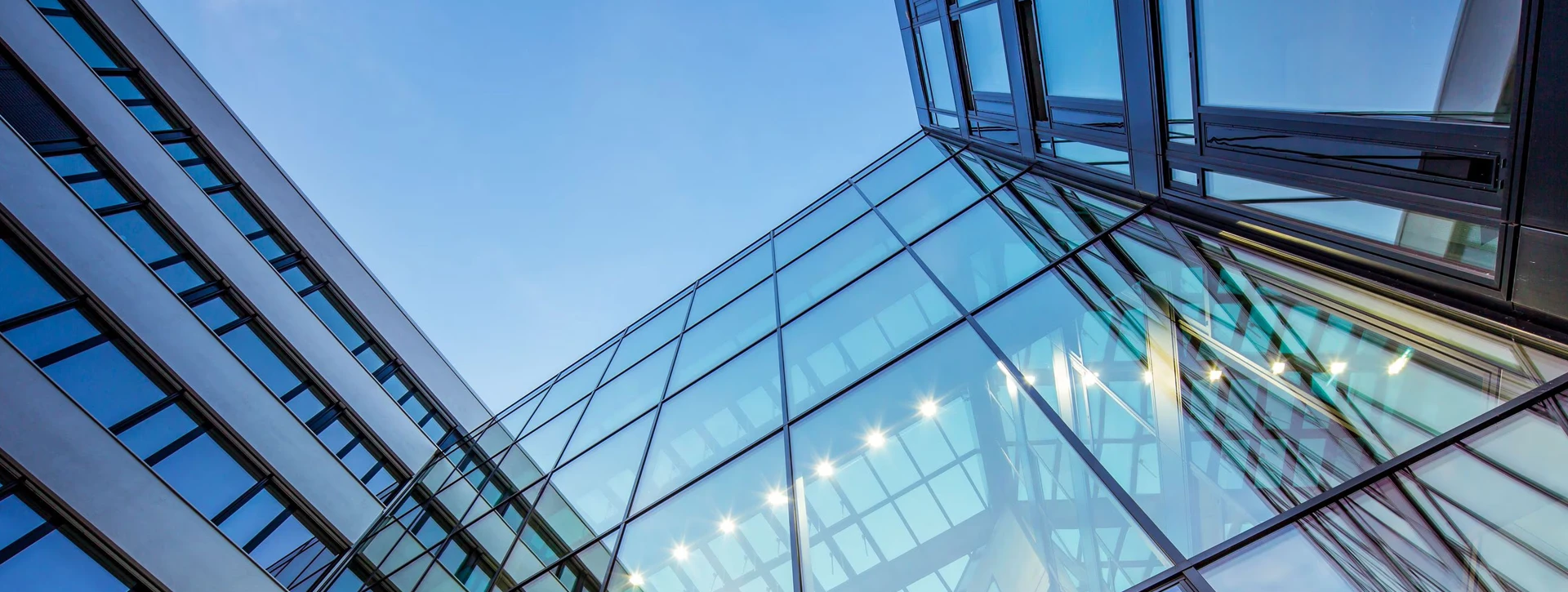
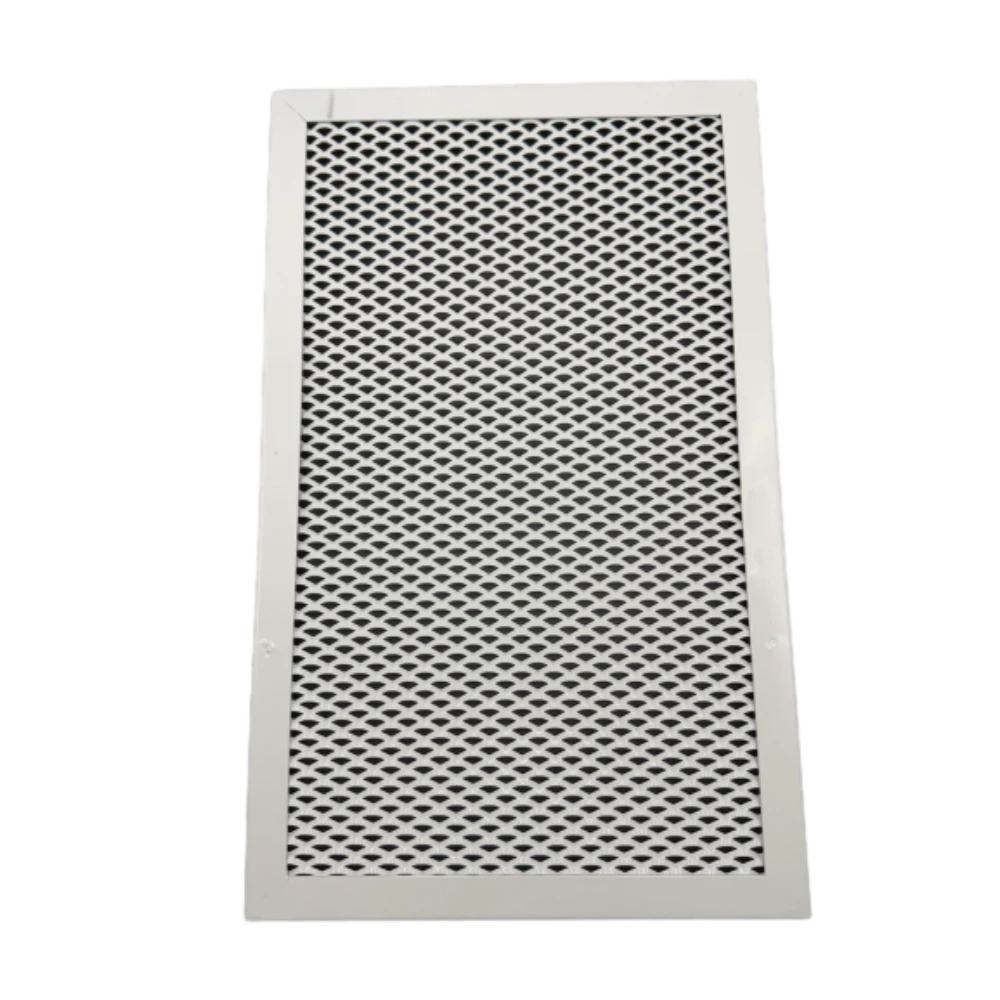
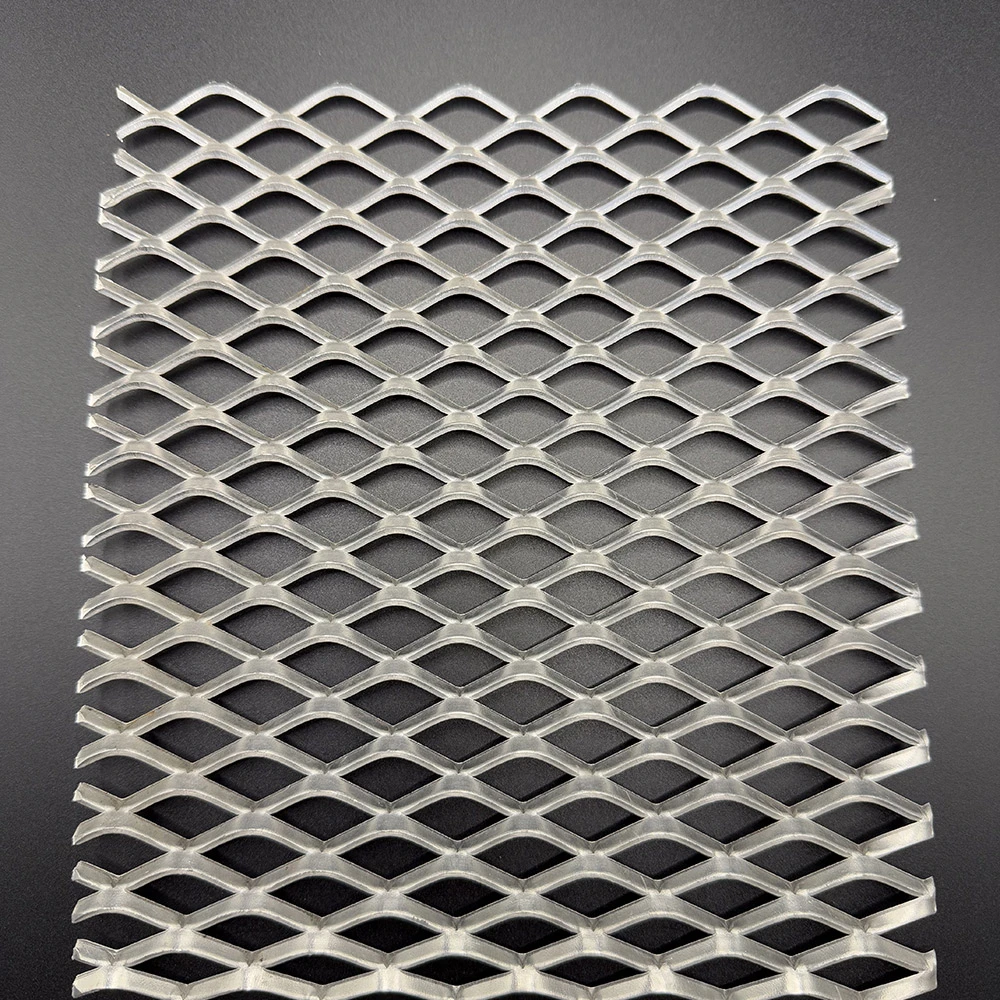
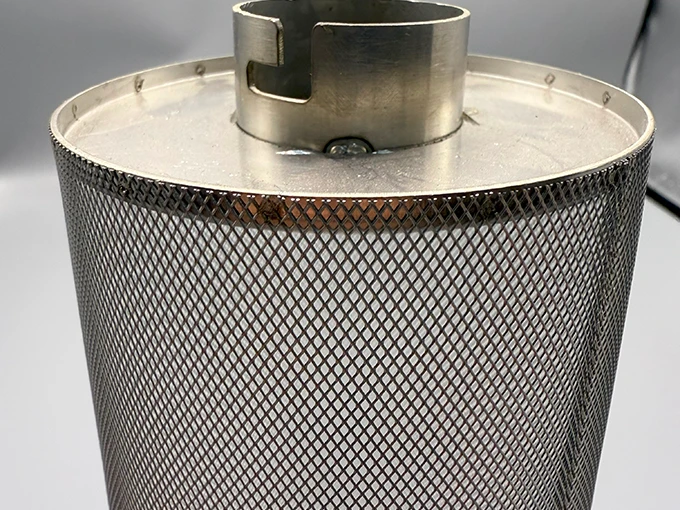
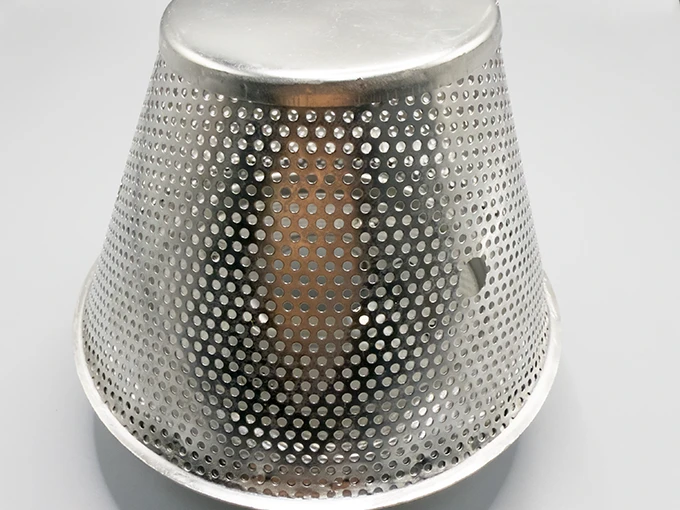












![$item[title] $item[alt]](https://www.ccmetalmesh.com/images/cc-7691.webp)

